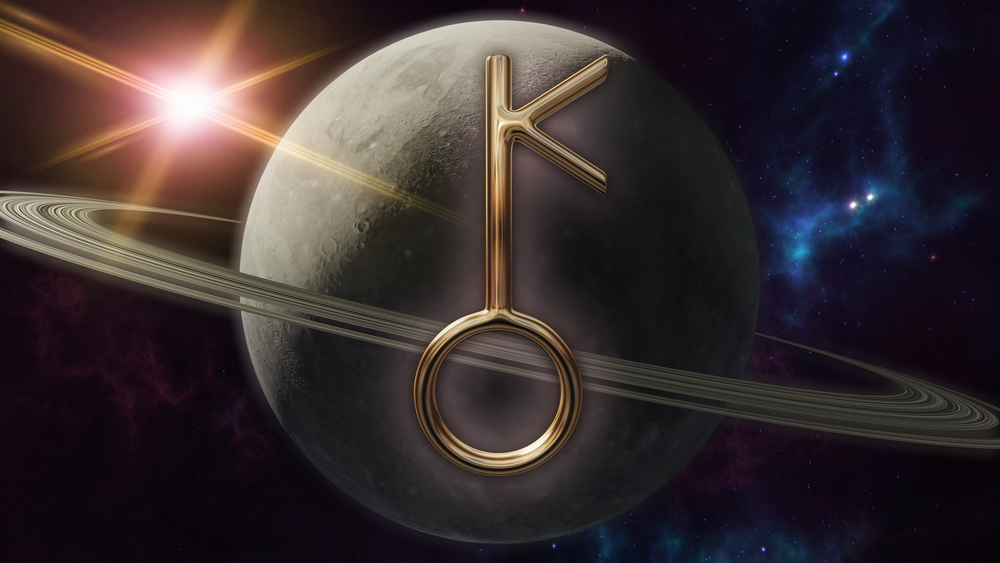
Western astrology owes a huge debt to the ancient cultures that helped create it: the Babylonians, Sumerians, Egyptians, and Greeks. Alexandrian scholar Claudius Ptolemy laid much of its groundwork in Tetrabiblios, a collection of astrology texts written in the second century CE. Many of our constellations, planets, and asteroids bear the names of Greek mythological figures. Named for a legendary centaur, Chiron the astronomical body is viewed by astrologers as a key to our inner traumas.
A Wise, Just, and Wounded Centaur
The Encyclopedia Britannica explains that the Centaurs were a race of half-human and half-horse beings. The ancient Greeks believed that they lived in the mountains of Thessaly and Arcadia, located in what is now southern Greece. Various myths claimed that they were the descendants of Ixion, the king of a nearby mountain tribe known as the Lapiths. Because the Centaurs were only half-human, the ancient Greeks saw them as lawless, wild, and ruled by their passions.
Homer’s Iliad describes Chiron as the wisest and most just of all the Centaurs. Unlike the rest of his tribe, Chiron was more educated and was skilled in the healing arts. Legends claimed that he was a son of a sea nymph named Philyra and Kronos, king of the Titans and the god of time. When he was accidentally pierced by one of Heracles’ poison-tipped arrows, he was unable to die due to his immortal status. He could not heal himself, so he renounced his immortality in exchange for the life of Prometheus. After Chiron died, he was placed in the heavens in the Centaurus constellation.
Chiron in Modern Astronomy
When Chiron was first discovered in 1977, astronomers believed that it was just an asteroid. Located between Saturn and Uranus, it’s one of the most distant objects in our solar system. Scientists think that Chiron was once in the Kuiper Belt, a large donut-shaped region near Neptune’s orbit, but it drifted away and came to rest in its current position.
Like many other Kuiper Belt objects, Chiron is mostly composed of ice, frozen gases, organic material, and silicate dust. Modern astronomers classify it as a Centaur object due to its location outside the Kuiper Belt and highly eccentric orbit. Considered both a minor planet and a comet, Chiron takes 50 years to complete one trip around the sun.
An Uncommon Object With Far-Reaching Impacts
Chiron remains in each zodiac sign for a long time—an average of eight years. However, it travels through some signs in less than two years. That’s because its orbit is both lengthy and eccentric, which means it more closely resembles an ellipse than a circle. Retrograde periods also shorten its trip through each sign.
Like Saturn, Uranus, and other outer planets, Chiron’s astrological impacts are generational. Astrostyle details its progression through the zodiac, starting with Leo in 1940 and ending with Cancer in 2038. During this roughly 100-year period, Chiron will move through the entire zodiac twice. You can find the position of Chiron on your birthdate from the AstroTwins’ chart.
For astrologers, Chiron’s position in a sign or house points to where our inner wounds lie. In another article, AstroStyle describes it as “the pain we learn to live with.” Chiron entered Aries in April 2018, the same sign that it occupied between 1969 and early 1976. This Chiron return, which occurs around our 50th birthdays, forces us to look at these core wounds and engage in deeper self-examination. For those with their natal Chiron in Aries, that means contending with low self-worth, isolationist tendencies, excessive competitiveness, and struggles with anger management.
Physician, Heal Thyself
Whether you believe in astrology or not, the practice of astrology is full of deeper symbolism. Like its legendary eponym, Chiron may offer essential wisdom. If we use that wisdom, it may help us learn how to heal ourselves.

